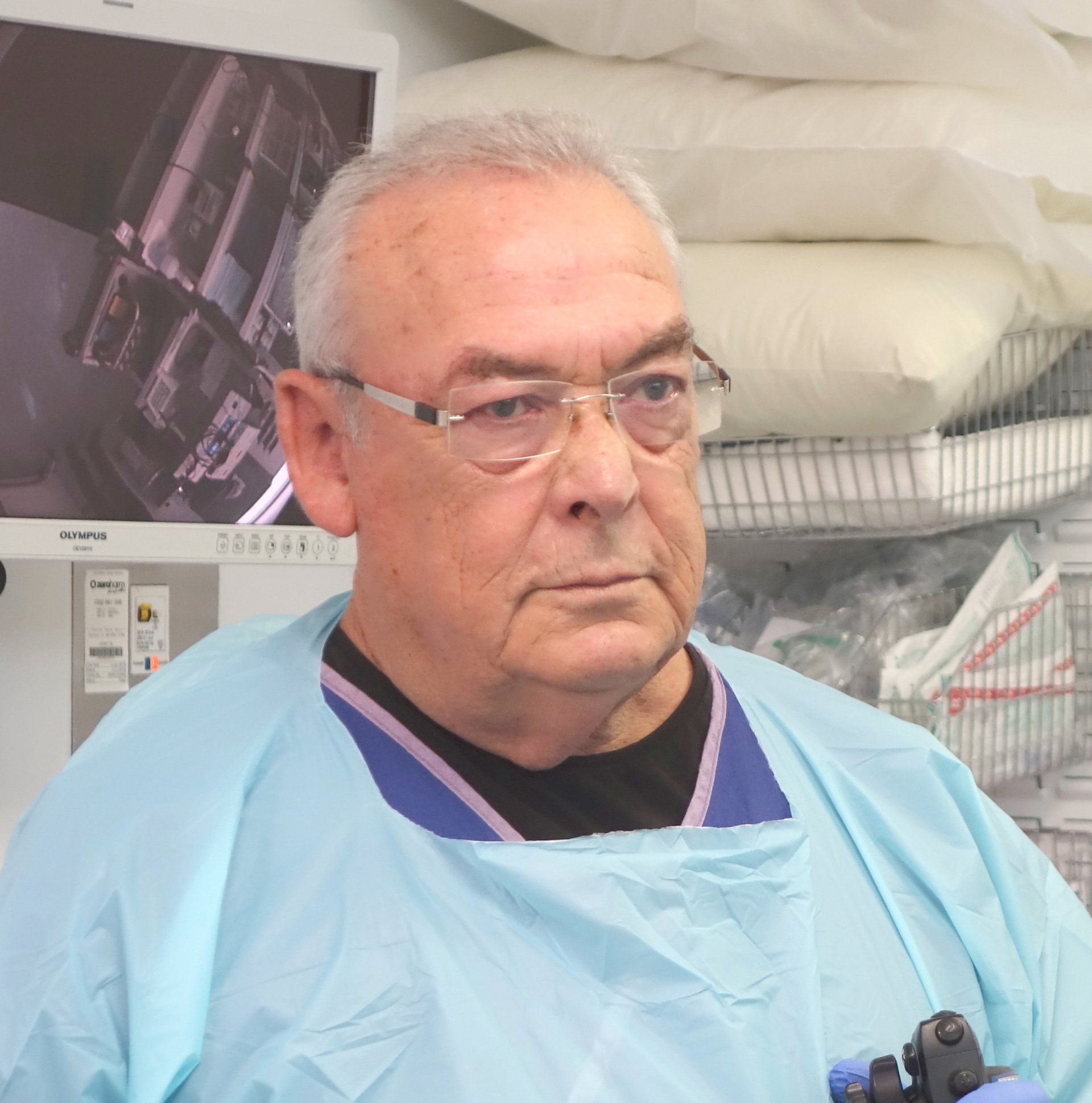Ulcerative Colitis
What is Ulcerative Colitis?
Ulcerative colitis (UC) is a form of bowel inflammation that affects the large colon (intestine) and rectum.
Ulcerative colitis is a lifelong disorder but with treatment, the symptoms can be controlled and disease can also be sent into remission.
The disease causes diffused intestinal inflammation, bloody diarrhea and ulcers in the digestive tract. It can be very debilitating.
Who does Ulcerative Colitis Affect?
Ulcerative colitis usually presents itself between 20 to 40 years of age and affects both men and women equally.
Ulcerative colitis is three times more likely to affect non-smokers than smokers. Prevalence of the disease is 100-200/100,000 people with an incidence of 10-20/100,000 every year.
How does Ulcerative Colitis Occur?
Ulcerative Colitis is caused due to an abnormal response from the immune system. It occurs when the activated immune system fighting a bacterial or viral infection, also begins attacking the normal colonic flora and intestinal cells as well, resulting in inflammation and ulcers formation.
Causes of Ulcerative Colitis
While the precise cause remains unknown, a possible cause is an inappropriate response from the activated immune system of the individual
Symptoms of Ulcerative Colitis
The symptoms of ulcerative colitis come and go, with fairly long periods in between flare-ups. While many ulcerative colitis sufferer may have mild symptoms, they can include the following:
- Progressive loosening of the stool.
- Bloody diarrhea - beginning slowly or suddenly.
- Severe abdominal cramping,
- Severely urgent bowel movement
- Loss of appetite and weight loss
- Fatigue
- Nausea
- Fever
- Anemia may also occur in cases of severe bleeding.
- Other symptoms can include skin lesions, joint pain, eye inflammation, and liver disorders.
Types of Ulcerative Colitis
Ulcerative colitis can be further classified based on its location in the gut. The most common types are:
- Ulcerative proctitis
– Mild form of the disease limited to the rectum.
- Proctosigmoiditis
– Inflammation is present in both the sigmoid colon and the rectum, with more severe symptoms.
- Left-Sided colitis
– Inflammation has spread from the sigmoid colon and the rectum to the descending colon. It presents with weight loss and left-sided abdominal pain.
- Pancolitis
– When the entire colon gets affected, it is called pancolitis and presents with worsening symptoms.
- Acute severe ulcerative colitis – A rare form of ulcerative colitis involving the entire colon.
Stages of Ulcerative Colitis
Ulcerative colitis can be staged into mild, moderate and severe categories based on the number of motions per day and severity of systemic symptoms.
How is Ulcerative Colitis Diagnosed?
The diagnosis for ulcerative colitis is a diagnosis of exclusion.
The doctor begins by taking a complete history and a thorough physical examination. To confirm the diagnosis, the doctor may run the following tests:
- Blood tests to identify associated anemia
- Stool culture to rule out any bacterial infection such as Campylobacter, C. difficile, Salmonella, Shigella, E. coli and amoebae.
- Fecal calprotectin test, to identify intestinal inflammation.
- Radiology tests including X-Rays, CT-Scan, a pill camera or an MRI to identify perforated colon, intestinal inflammation or associated complication of UC
- Colonoscopy procedure to collect tissue samples and visually examine the intestines for inflammation
- Flexible Sigmoidoscopy may be carried out by your doctor to examine the rectum and the sigmoid for signs of inflammation
Treatments for Ulcerative Colitis
The aim of treatment is to induce disease remission, maintain it and improve quality of life for the patient. Treatment options include lifestyle changes, drug therapy, and surgery in severe cases.
The doctor decides the best approach on a case by case basis and the severity of the symptoms.
Lifestyle changes include:
- limiting the intake of dairy products,
- spicy foods, and
- fiber.
It is also recommended to reduce stress because it can exacerbate the symptoms in an inflamed bowel. This is achieved by exercise and regular practice of breathing exercises.
In drug therapy, the doctor may have to try different medications before one that works for the patient. Some of the drugs used include:
- Anti-inflammatory drugs such as corticosteroids and Amino-salicylates. These are considered the first choice for UC treatment.
- Immunosuppressant drugs such as Infliximab, Cyclosporine and others are prescribed when steroids are ineffective. These drugs suppress the body’s immune system, which also reduces inflammation.
- The doctor may also prescribe Anti-biotics, pain killers and nutritional supplements if he decides they are needed.
The surgical option for treating ulcerative colitis involves removing the complete colon and rectum. This may result in having to wear a colostomy bag, to pass out stool.
For about 25% of patients with ulcerative colitis, medical or pharmaceutical therapy is not completely successful and surgery may be considered.
Surgical removal of the colon (known as a colectomy) is an effective cure for Ulcerative colitis.
If ulcerative colitis is not treated effectively it can lead to an increased risk of colon cancer.
Complications with Ulcerative Colitis
Complications can include
- bleeding from deep ulcerations,
- rupture of the bowel, or
- failure to respond to the usual medical treatments.
What if Ulcerative Colitis is Untreated?
If left untreated, individuals suffering from ulcerative colitis can experience acute and chronic complications. Acute complications include toxic dilatation of colon with the risk of perforation and venous thromboembolism.
The patients experience poor quality of life due to constant fatigue, weakness and abnormal bowel movements. In the long term, these patients are also at a higher risk of developing colonic cancer.
Dr Donald Walker
Write your caption hereMore
Dr Johan Van Den Bogaerde
Write your caption hereMore
Trusted for more than 25 Years
PANCREAS & BILIARY
Digestion Problems - Dyspepsia










